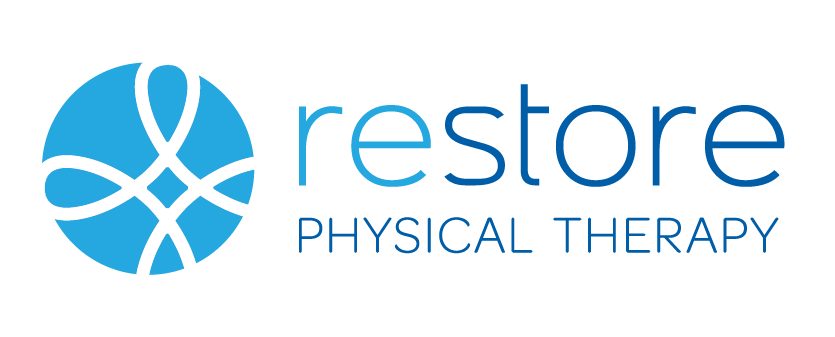Success Story: Trimalleolar Fracture Recovery Story
How to Overcome an Ankle Fracture
Lindsay- 28 year old female recovers from a fall resulting in surgery & gets back on her feet!
Check out her Story Here!
A trimalleolar fracture was the result of what seemed to be a simple slip off a curb for Lindsay- which resulted in surgery. Plates and screws were used to stabilize the three bones. This blog goes over her success with rehabilitation, the process and what to expect if this happens to you!
What is a trimalleolar fracture?
A fracture to three 3 different parts of your ankle.
The medial mallelous which is the end of your tibia bone.
A fracture to the lateral mallelous &
Posterior malleolus ( the lower portion of your fibula).
Post Operative Guidelines
When screws and rods are used to stabilize a fracture the surgeon will require you to be non-weight-bearing for usually 6 weeks to ensure the bone heals around the new hardware. A cast is put in place for a short period of time and then you will be transitioned to a boot. You will use crutches to ambulate even with a boot on to maintain non-weight-bearing status.
Once you get clearance to start physical therapy the fun begins!
Rehabilitation Phases
Lindsay came to Restore Physical Therapy about 6 weeks after surgery to start getting her ankle moving again. She was very stiff which is to be expected after being immobilized for 6 weeks. The initial goal of therapy is to initiate range of motion of the ankle joint and slowly build strength in the muscles surrounding the joint. Swelling and muscle shortening usually occurs after being in a boot for 6 weeks. The first goal is to decrease the swelling and gain full range of motion!
Strength Training:
Lindsay’s calf was about half the size of the her good leg when she started therapy. This is quite normal as your muscle shrinks every day you are not using it. It can take up to 3 x the amount of time you were immobilized to gain full strength back. ( at least 3-4 months) In addition to lower leg weakness- we also worked on her upper leg strength. It is so important to build a foundation of strength back in the entire injured side in order to prepare for walking again. Her home program day one not only included ankle exercises- but hip and core exercises as well.
Gait Training
At first- Lindsay learned how to walk with two crutches and sneakers. Seems easy but surprisingly can be challenging after not walking for over a month. Her gait progressed each week- taking away one crutch at a time and eventually getting back to walking without any assistive devices and just a pair of sneakers! We broke down each part of the gait cycle to make sure it all came back together naturally.
Balance Training
Once Lindsay was able to tolerate more weight-bearing activities- balance training began. This is so important- because after a fall and a fracture- ligaments are also injured and stretched. Ligaments are structures that help to stabilize your joints. When they are stretched out you lose the ability to stabilize appropriately and then have a greater risk for rolling the ankle again. Balance training helps to improve your ability to negotiate uneven surfaces, ambulate safely and improves overall proprioception. Lindsay progressed from two feet to one foot to even and uneven surfaces. Balance training also helps to build confidence in your injured leg!
Functional Training
The last phase of therapy is to work on squatting, lunging, stair climbing, and getting up and down from the ground. All these movements are performed on a daily basis and it is very important to do them correctly. Usually when you are injured you tend to favor a side even if there is no more pain. We want to correct these compensations before they become a bad habit to avoid other injuries down the road.
Plyometrics:
Lindsay’s goal was to get back to her workouts at the gym which sometimes involved light jumping and hopping. This was the very last activity that was introduced in therapy. Box jumps, front and lateral hopping are examples of ways to train your body in multiple planes. The focus of these exercises are the landing mechanics. They should be controlled, soft, and evenly distributed weight among both feet.
Final Product
Overall- Lindsay did amazing! She got back to her active lifestyle. She graduated from Restore PT with a recovery program to continue on her own! A full recovery is about 1 year after any surgery. So it is crucial to have a plan that is followed even after you graduate from therapy! Thank you Lindsay for being a great success story and working hard every week to get back to your goals!
Here is what Lindsay has to say about Restore Physical Therapy:
“Amanda was amazing after I had a severe injury. I had a trimalleolar fracture (all three bones in my ankle broke). It was horrible but Amanda really was patient and kind with me as we continued to build up my strength and get my mobility back. I highly suggested Amanda and restore physical therapy for the one on one attention and superior care you will surely receive.
”
Having Ankle Pain? Call or Schedule a FREE DISCOVERY SESSION TODAY!



